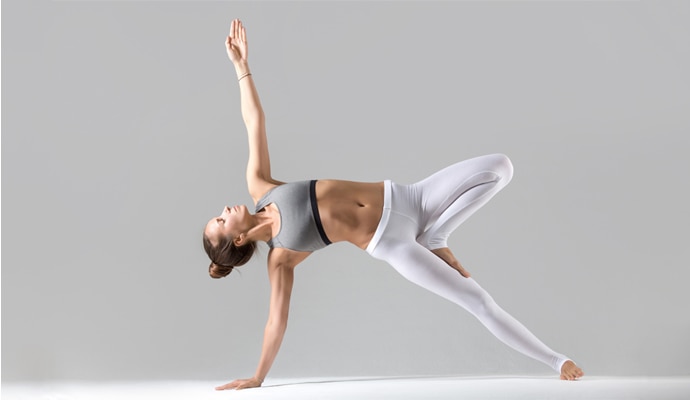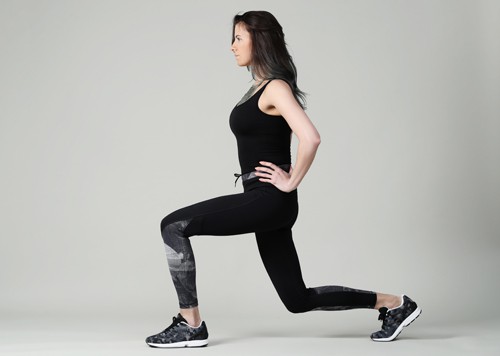Active & Passive Exercises

Be The Healthy You
Passive and active exercises both target specific type of recoveries through physiotherapy. Passive exercises or passive range of motion (ROM) exercises help to increase your range of motion in your joints, i.e., how far you can move your joints in different directions. These exercises are considered passive because you don’t exert any effort. A physiotherapist aids in your recovery by helping you slowly and steadily move your muscles and joints through their full range of motion for you.
Passive exercises are beneficial for paralysis recovery or for patients with hemiplegia. Regular repetition and practice help rewire the brain through neuroplasticity. These exercises also help in conditions like acute muscle stiffness or brain injury like strokes.
More About Exercises
Active exercises involve physical exertion by the patient and involve utilizing muscle activity. These exercises consist of an active range of motion, like self-stretching, or general stroke rehabilitation exercises where you move your muscles through therapeutic movements.
Both active and passive exercises help strengthen neural pathways in your brain aiding in the recovering process. They help in retraining your brain and regaining control over your muscles and body movements.

